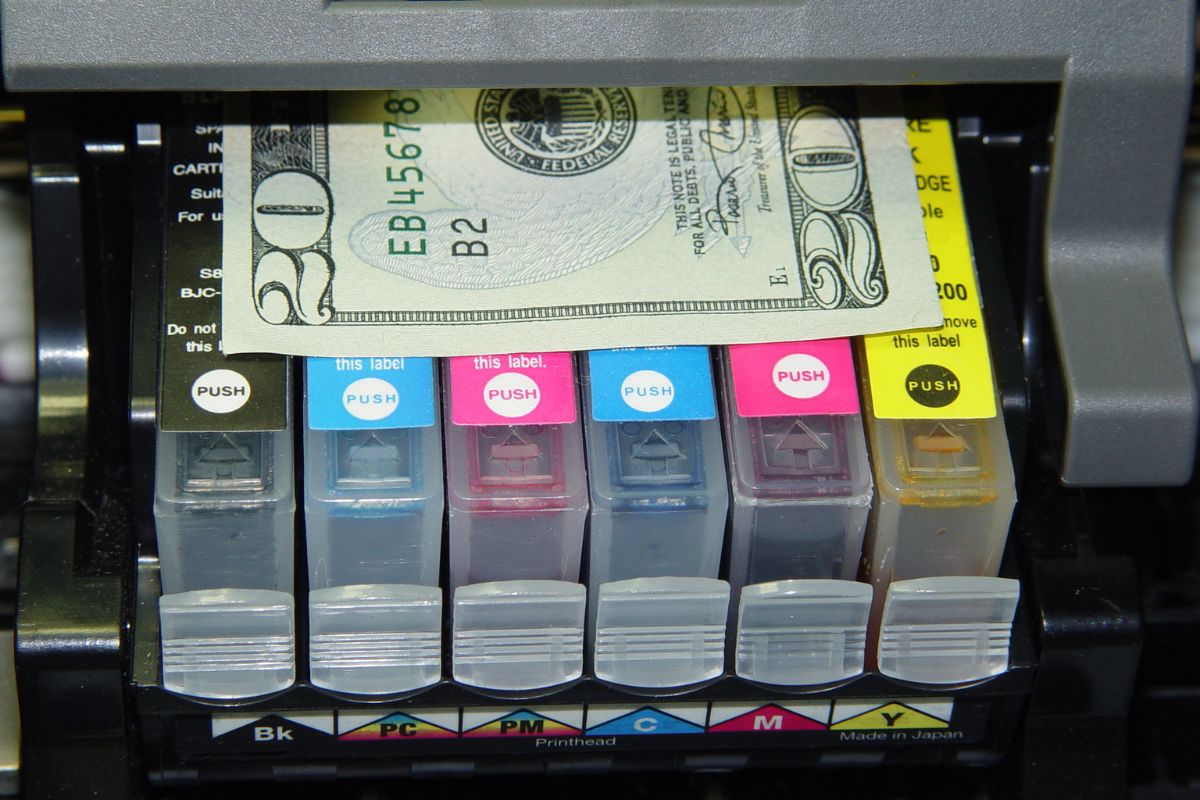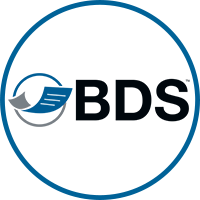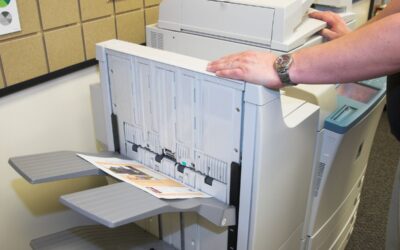In a digital-first workspace, it is easy to overlook the role printing plays. Yet, for many businesses in New England and Florida, printing services remain critical. For example, hospitals and healthcare providers generate patient forms and records daily. Law firms print case files, discovery packets, and client documents.
All this output translates into significant expenses when you factor in hardware, supplies, maintenance, and outsourced print jobs. BDS can help you significantly reduce this impact by understanding the drivers behind your print costs. Our team will conduct a comprehensive audit to ensure your organization can make smarter decisions, streamline operations, and ultimately save money.
Core Components of Print Costs

A helpful place to start when considering the cost of printing is identifying the factors that influence it. Beyond paper and toner, there are hidden costs that add up overtime, and are likely eating way at your print budget, including:
- Black & White vs. Color Output: While black and white is economical, color printing costs can be 2–5x higher per page. High-quality marketing materials, however, often demand vibrant colored prints to make an impact.
- Print Volume: Large organizations may print thousands of pages per day. Even small per-page savings can translate into major annual reductions.
- Device Fleet: The number and type of printers/copiers—desktop units, multifunction devices, wide-format—determine efficiency and supply usage.
- Maintenance and Repairs: Service contracts, technician visits, and unplanned downtime all influence overall costs.
- Outsourced Printing: Projects requiring custom photo quality or specialty formats often rely on professional partners that offer high quality printing and even same- or next-day pickup.
By breaking costs down this way, companies gain visibility into where money is going and where efficiencies can be found.
Additional Hidden Costs
The cost of printing does not end there. There are a variety of hidden costs that are not obvious to the eye but quickly add up. For example, wasted prints, which are documents sent to the printer but never collected, often account for up to 20% of the total print output of an office. That is a vast number and is a waste not just of productivity but your budget. Additionally, older devices tend to utilize more energy, making the cost of operating those devices more expensive than what is typical.
This also does not account for the maintenance issues you may run into with your printer. For instance, employees troubleshooting paper jams, low toner, or misfeeds adds a soft cost that can be surprisingly high if left unmonitored. Which is why at BDS, we stress the importance of proactive maintenance. By having an expert team like BDS on call, we can ensure your printer fleet is closely monitored to identify any problems before they escalate into larger issues.
Industry-Specific Costs
There are certain industries that may require additional print costs than a standard corporate office. Healthcare is a big one, as these professionals are required by law to ensure they maintain HIPAA compliance in all operations. This adds an extra layer of complexity to building out a print infrastructure, as these professionals are seeking cost-savings, efficiency, but most importantly, protection of the sensitive data they handle regularly.
Furthermore, depending on the type of healthcare facility, high patient volume drives heavy black and white output, but color-coded forms may also play a role. This makes predicting a concrete number for costs more complex, as there is not much predictability, especially if the setting is a busy hospital.
Healthcare professionals are not the only industries with high industry compliance regulations that can drive costs. Legal professionals are often working with large discovery packets and filings, which create an enormous volume of prints. Additionally, document accuracy and clarity are critical, even if it drives up per-page costs. We want to note that this does not mean doom and gloom for your print infrastructure. There are still opportunities to save money and boost performance even in the most rigorous compliance environments.
Managing & Reducing Print Costs
Luckily, there are a few ways to ensure your print costs are controlled regardless of the industry you are working in. One of the top cost-saving measures businesses are investing in is print management software. This specific software allows your business stronger control over who prints, what they print, and how much they print. This is a critical first step in reducing waste. Additionally, advanced print management tools let you enforce specific limits on printing habits, including restricting color usage and the number of prints available on a device daily. Both features will help significantly reduce the cost of printing.
Second, preventative maintenance is one of the strongest ways to protect your investment, which undoubtedly will protect your budget. Routing printer maintenance services keep devices running smoothly and reduce unexpected service calls. By investing in maintenance agreements, businesses minimize downtime and protect productivity. Plus, with BDS headquarters strategically located in Marlborough, MA and West Palm Beach, FL, we can respond promptly to any print-related maintenance or service issues.
Bottom Line on Print Costs
For businesses across New England and Florida, managing print costs is about more than saving money—it is about creating efficient, sustainable workflows that support staff productivity. By combining preventative maintenance, strategic outsourcing, and strong printing services partnerships, organizations can control expenses while ensuring they still deliver the high-quality printing their work requires.
To stay updated on the latest industry news and trends, follow BDS on LinkedIn, YouTube, Facebook, Instagram, and TikTok today!
Frequently Asked Questions
Why are color print costs higher than black and white?
Color printing requires multiple toner cartridges—cyan, magenta, yellow, and black—compared to just one for black and white. Producing vibrant colored output also consumes more toner per page and places greater demand on the copier or printer, which makes the cost per page higher than standard black-and-white printing.
When does it make sense to outsource to professional printing services instead of printing in-house?
Outsourcing is often the smarter choice for large-volume projects, marketing collateral, or specialty jobs requiring high quality printing such as brochures, training manuals, or custom photo prints. Professional partners can provide finishing options, consistent color quality, and even day pickup or the ability to pick up in store, often at a lower overall cost than producing those jobs internally.






